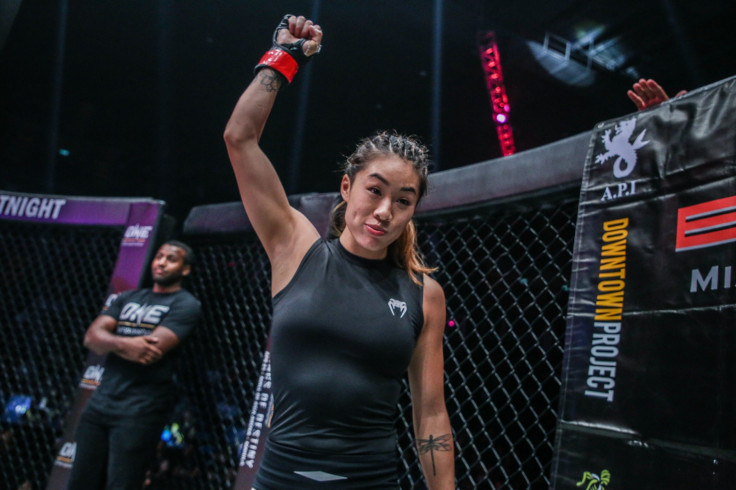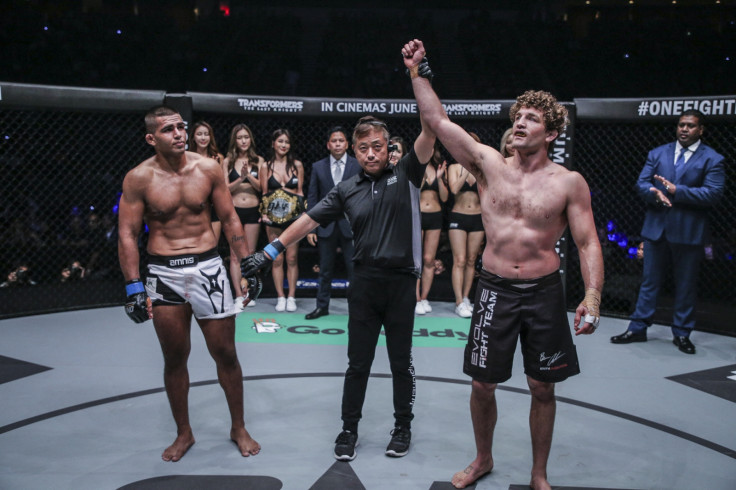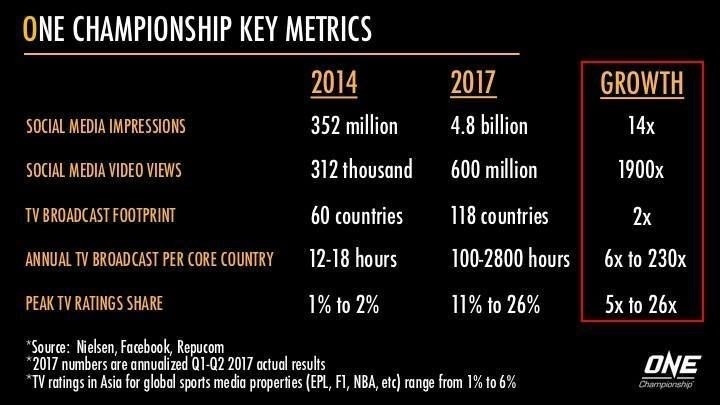How ONE Championship is dominating the UFC in Asia
The Singapore promotion is the current king of mixed martial arts in the eastern hemisphere.

Despite only forming in 2011, ONE Championship has taken over the UFC's monopoly on mixed martial arts in Asia in dominant fashion.
The largest sports media property in Asian history, ONE's brand of mixed martial arts is currently broadcast to potentially one billion viewers around the world to over 128 countries.
While the UFC is the bigger worldwide brand due to it being around much longer, it has failed to capture the attention of the largest continent in the world in the manner that ONE have been able to.
A major part of what CEO Chatri Sityodtong's organisation does so well is invest in their local fighters. One of the organisation's crown jewels is current women's atomweight champion Angela Lee.
Born in Canada to a Singaporean father, Lee (8-0 record in MMA) has been highly promoted as the next big thing in women's mixed martial arts.
With each passing win, including her most recent triumph in Singapore over Istela Nunes, her fanbase continues to grow and there have even been talks of a potential cross-over fight with UFC strawweight champion Joanna Jedrzejczyk.
Other fighters who have been promoted locally are the Philippines' Eduard Folayang, Malaysia's Agilan Thani and Myanmar's Aung La Nsang, who notably won the ONE middleweight championship on home soil following a unanimous decision win over Russia's Vitaly Bigdash at the promotion's Light of a Nation event.
Because ONE's Asian audience is so invested in their fighters, it helps the company dominate the UFC when it comes to events in the continent, both in viewership and attendance.
This year, ONE's highest-rated show had superior viewership over the UFC's highest-rated show in countries such as the Philippines, Indonesia, Thailand and Malaysia, the latter of which had nearly 10 times as many viewers according to data from Nielsen.
ONE also consistently sell out more stadiums and arenas for its events in comparison to the Las Vegas promotion.
For example, the UFC's latest Singapore event in June 2017, which saw former women's bantamweight champion Holly Holm defeat Bethe Correia in the main event, only had an attendance of 8,414 out of a 12,000 capacity at the Singapore Indoor Stadium.

Meanwhile, ONE's Dynasty of Heroes card, which took place a month earlier at the same venue was sold out in a main event that was headlined by the crowd favourite Lee.
When the UFC had a Fight Night event in the Philippines back in May 2015 at the Mall of Asia arena in Pasay City, the attendance was just 13,446 out of a full house capacity of 20,000.
ONE on the other hand, sold out the same arena on many occasions, with their most recent card in April 2017 being headlined by their Filipino lightweight champion Folayang.
The UFC were planning to return to the nation in 2016, however, an injury to main eventer BJ Penn, along with poor ticket sales (only 3,000 to 4,000 were sold according to MMAFighting) resulted in its cancellation.
"We consistently beat out our competition," ONE VP of PR and communications Loren Mack told IB Times UK. "We consistently sell out 20,000 seats at the Mall of Asia arena based on our configuration and we're live on TV."
"Our last event, we did a 26% market share. The biggest market share the UFC ever did in the Philippines was 8%, I think it was for McGregor vs Alvarez (UFC 205) so that's a huge disparity."

The UFC are currently looking to step up their efforts to break into the Asian market and have recently announced a debut show to take place in Shanghai, China in November. However, they have much work to do if they want to compete with ONE's dominance in Asia.
© Copyright IBTimes 2025. All rights reserved.




















